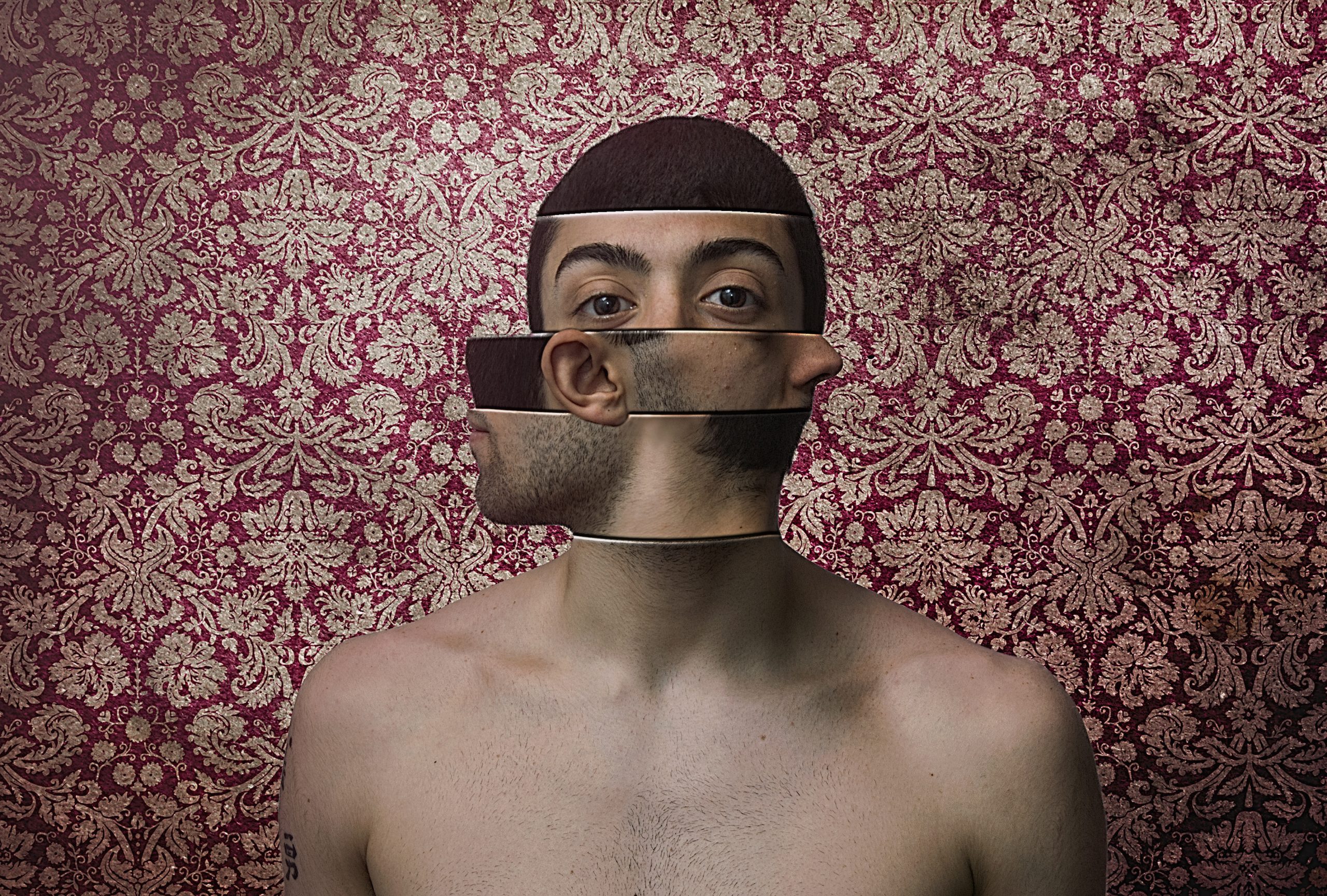after Dali
We’re in gym class with arms spread open
turning like flattened windmills
making safe space making enemies.
Everyone I pass carries an unreasonable
appendage propped in the crook of an arm.
They look at me too, wondering.
A week ago, we stepped without looking,
held hands across music.
Waves passed between us air, sound, heat.
We pushed shopping carts with bare hands
walked calmly down aisles
making good choices.
A week ago, we bent time,
turned clocks ahead. Now
they’re liquid and useless. A bed sheet of glass is
cutting everything shearing rocks and trees
and our view. Nothing persists.
Even the horizon has split in two.
We forget ourselves in an instant, the drawers
in our torsos empty, minds
hold absolutely nothing. We grow tails.
Look at your arm, it is a cello. I brace a leg
against myself and stretch
my breast into a new limb.
The heads on screen all have skulls
in their eyes. Their dreams are like blood
vessels trapped on the outside trying to snake back in.
Our exoskeletons melt, drip
through a floor of holes.
Walls break into bullets and we fire.
Today, elephants thunder down corridors
on crystal legs. The baguettes have lives of their own.
Everyone has a hole and you can see inside them
gears and bones. Snails curl in human heads
like toilet paper. I am a chemist standing
over a machine to massage hearts, grey as stone.
Click here to read Maria Ford on the origin of the poem.
Image: “Turning Tables” by Mattia Merlo, licensed under CC 2.0.
- The Disintegration of the Face of Memory - August 25, 2020


